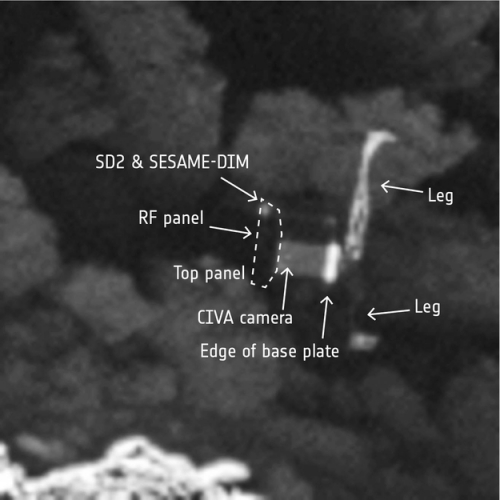ESA Space Science | Rosetta Blog | 2015 Oct 28
[img3="Rosetta’s detection of molecular oxygen"]http://blogs.esa.int/rosetta/files/2015 ... 24x640.jpg[/img3][hr][/hr]ESA’s Rosetta spacecraft has made the first in situ detection of oxygen molecules outgassing from a comet, a surprising observation that suggests they were incorporated into the comet during its formation.
Rosetta has been studying Comet 67P/Churyumov–Gerasimenko for over a year and has detected an abundance of different gases pouring from its nucleus. Water vapour, carbon monoxide and carbon dioxide are the most prolific, with a rich array of other nitrogen-, sulphur- and carbon-bearing species, and even ‘noble gases’ also recorded.
Oxygen is the third most abundant element in the Universe, but the simplest molecular version of the gas, O2, has proven surprisingly hard to track down, even in star-forming clouds, because it is highly reactive and readily breaks apart to bind with other atoms and molecules.
For example, oxygen atoms can combine with hydrogen atoms on cold dust grains to form water, or a free oxygen split from O2 by ultraviolet radiation can recombine with an O2 molecule to form ozone (O3).
Despite its detection on the icy moons of Jupiter and Saturn, O2 had been missing in the inventory of volatile species associated with comets until now. ...
Surprising Discovery of Oxygen in Comet's Atmosphere
University of Bern | 2015 Oct 28
Abundant molecular oxygen in the coma of comet 67P/Churyumov–Gerasimenko - A. Bieler et al
- Nature 526(7575):628 (29 Oct 2015) DOI: 10.1038/nature15707
